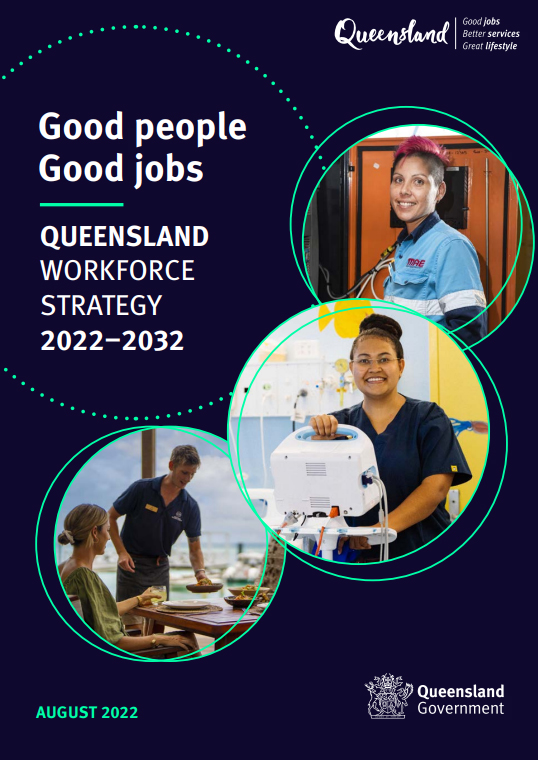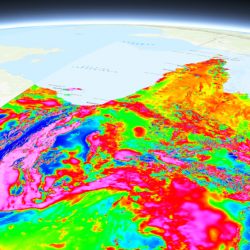Innovation and skills
Queensland’s well-established intellectual capability in geoscience and mining has generated capacity to benefit investors, manufacturers, retailers and customers along the supply chain.
Over the past two decades, the Queensland Government has invested more than $3.6 billion in research, development and innovation, and it supports around 40 research institutions.
Queensland boasts academic hubs specialising in mining and critical minerals, including James Cook University in Townsville, the Resources Centre of Excellence in Mackay and the Sustainable Minerals Institute at the University of Queensland.
Research in Queensland
The Queensland Government supports scientific research in Queensland through funding assistance, financial incentives and policies. This support has led to billions of dollars in investment for projects, skills and facilities, and has created a collaborative network of institutes and precincts across the state. The Queensland Government invested approximately $444 million in research and development in 2020–2021.
The state of Queensland ranked second in Australia for mining business expenditure on research and development in 2019–2020. Queensland’s private sector spent approximately $2.23 billion on business expenditure on research and development in 2019–2020.
Prominent academic hubs
James Cook University
James Cook University (JCU) has been serving regional and remote communities to create a brighter future for graduates for over 50 years. JCU is a research-rich university with many partnerships with community organisations and private and government entities.
Recently, JCU has worked in partnership with the Queensland Government to find a new technique to discover copper isotopes.
James Cook University innovations
University of Queensland Sustainable Minerals Institute
The University of Queensland’s Sustainable Minerals Institute (SMI) is a world-leading multidisciplinary research institute committed to developing the people, technologies and approaches needed to address global sustainability challenges through the responsible supply of mineral resources.
Sustainable Minerals Institute innovations
Resources Centre of Excellence
The Resources Centre of Excellence (RCOE) was established to connect the brightest minds in research, technology, education and mining equipment, technology and services (METS) to shape the resources sector of the future. The physical hub of RCOE is a central facility, located in Mackay, Queensland, that is supported by multiple satellite extensions with a global scope. These extensions include both actual and virtual spaces that provide a platform for the development of innovative solutions for the resources sector.
A skilled workforce
The Queensland Government is committed to increasing the size, skills and adaptability of the state’s workforce. In 2022, we released the Queensland Workforce Strategy 2022–2032, which will deliver innovative and practical solutions to ensure Queensland has a ready workforce to support growth, strengthen our communities and keep Queensland at the forefront of new economic opportunities.

Protecting our workforce
Queensland’s resources industry employs around 77,000 people. Like in any workforce, workers must always be safe. Worker safety and health must underpin all resource operations in Queensland and the protection of workers must come before profit and productivity considerations.
The Queensland Government will continue to enforce its strong resources safety and health legislation to ensure the safety and health of all workers in the sector.
Case study: establishing Resources Safety and Health Queensland

In 2020, the Queensland Government established Resources Safety and Health Queensland (RSHQ), an independent statutory body with a vision for a zero serious harm resource sector in Queensland.
RSHQ is responsible for regulating, educating and assisting the resources industry to meet their obligations to protect and promote the safety and health of all workers.
As a risk-based regulator, it focuses its resources and effort on protecting workers and affected communities from:
- fatality
- injury requiring hospital admission
- occupational disease, such as mine dust lung disease.
- Last updated
- 21 July 2023
- Last reviewed
- 21 February 2023